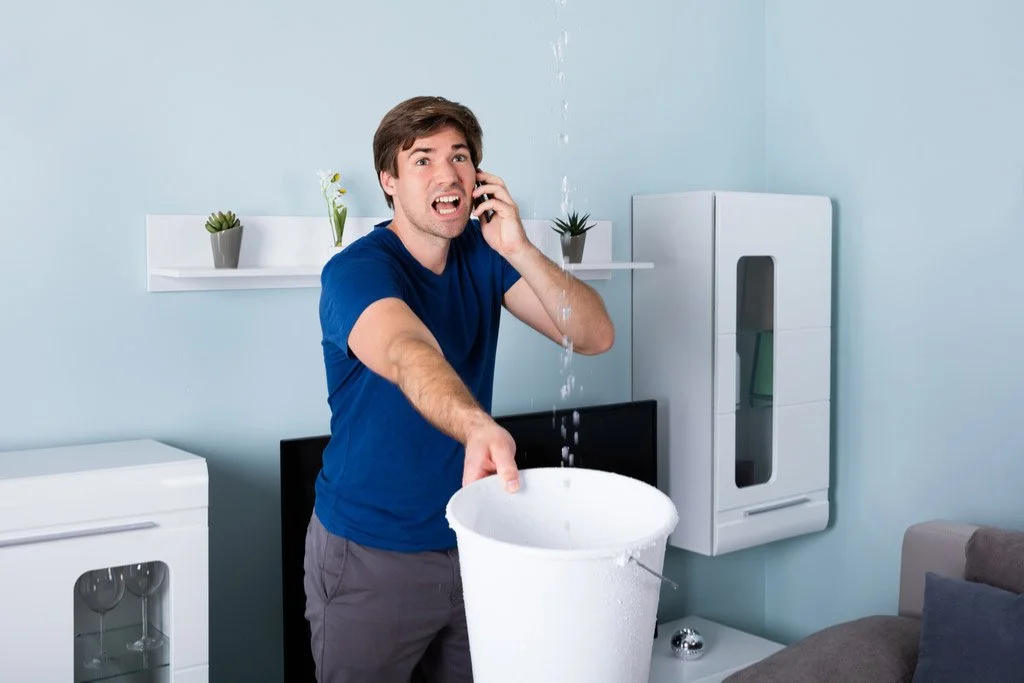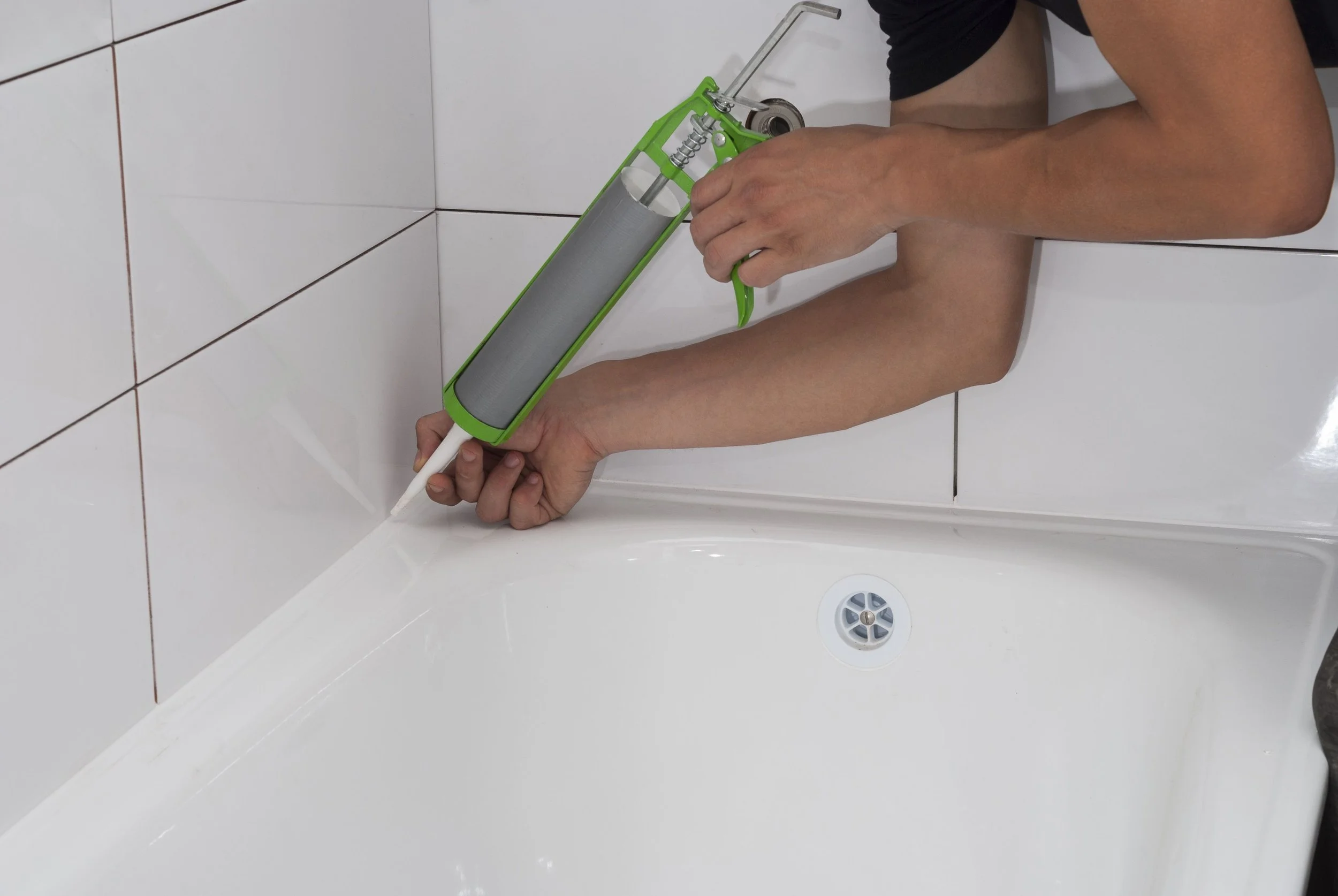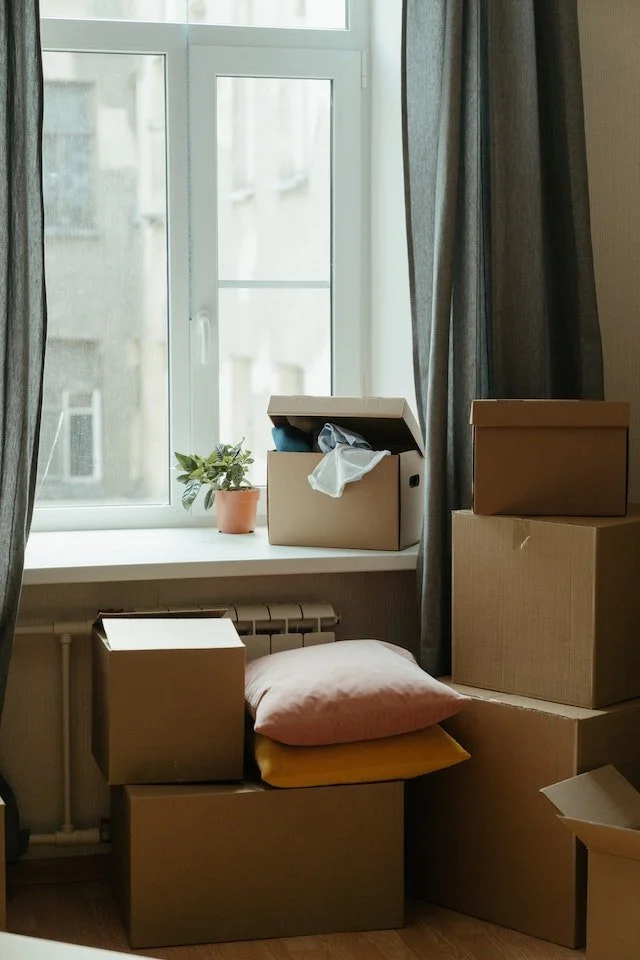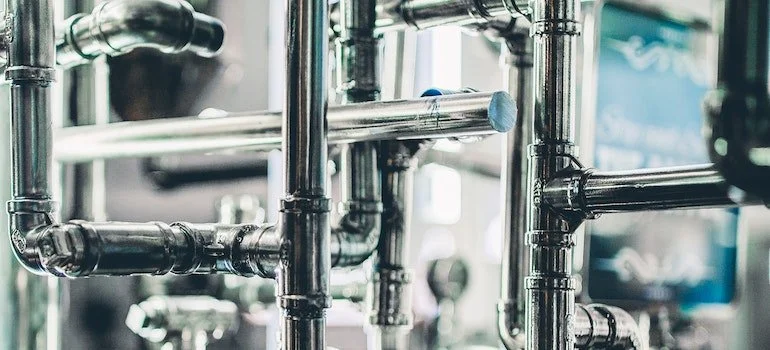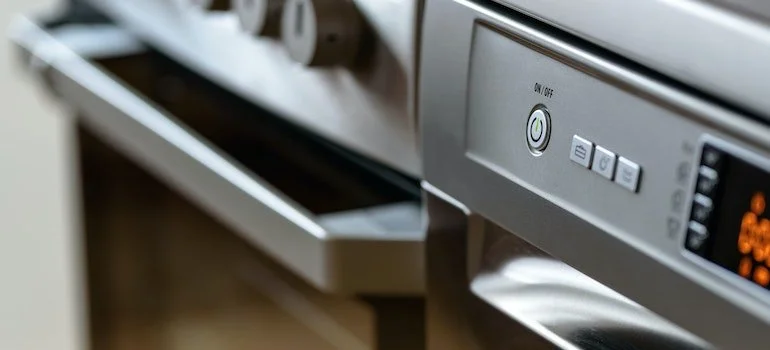5 Home Improvements You Must Do Before Your Baby Is Born
RH Business Marketing Solutions
Home preparations for your baby’s arrival can get exciting, expensive, and exacting at the same time. From interior design to stocking up on baby care essentials, you have to ensure that every square inch of your home is baby-proof and ready in a matter of months.
Whether you are 90 days or nine months pregnant, you surely are carrying a lot–physically, emotionally, and mentally. To help you prepare better and feel more at ease when the big day comes, we have rounded up the most important home improvements to consider for safer and more seamless child-rearing at home. Let’s read on!
Ensuring better infant management with home improvement hacks
1. Designate a nursery area
While babies typically spend the first six months of their lives beside their parents, it is advisable to still prepare a nursery room or do a bedroom renovation to facilitate better sleep for your child and ensure that there’s a designated space where your child will be much safer.
You can browse for nursery room ideas online to further visualize how you want your baby’s space to look. But generally, some room renovations you can do are patching and wall painting, assembling furniture, or sprucing up an area of your bedroom for your baby. The goal is to ensure simplicity and functionality. After all, the less complicated, the better and safer.
In terms of furniture, make sure that you have furnishing and upholstery that are easily washable if you opt to have some, multi-functional baby furniture like a crib that can convert into a toddler bed, and night lamps, among others. If you want to make your baby’s room look more adventurous, you can also include compact baby items like an easy-to-assemble play gym that can be useful as your baby continues to grow up.
2. Prepare your baby’s bath space
Whether your baby area is inside your bedroom or in a separate nursery room, it is essential to also ensure that there is a baby bath area that is easily accessible. Typically, infants bathe in the kitchen sink. However, this practice poses hazards given that kitchen utensils are also usually beside the sink.
An ideal home renovation option is to install a sink in your nursery room or make sure your bedroom’s bathroom sink is baby-friendly. Doing this is both useful and practical, especially if it’s bath time. This allows you to easily access everything–from the bathing sink to the bedroom area where your baby can freshen up, change clothes, and relax.
Pro tip: You may also opt to install a diaper-changing table in your sink for ease of pre- and post-bath preparations.
3. Baby-proof all the areas of your home
Besides your baby area, you have to ensure that you baby-proof your home. Months will fly past and soon enough, your little ones will be running around and be all over the place to check out new things. Knowing this, your home’s overall interior design should be prepared to support your baby’s visual learning journey and adventures rather than restrict them.
Some ways to baby-proof areas of your home include moving breakables out of reach, blocking the staircase with a temporary gate, covering plug points, locking shelves in the kitchen and bathroom, refinishing floors, and getting stain-resistant upholstery and rugs.
4. Clean your light fixtures, air vents, and fans
Newborns are highly sensitive to household dust and other airborne allergens. This is why you want to make sure that every inch of your house is almost dust-proof before your little one arrives.
Make sure to check areas and fixtures that hold dust and debris. These include baseboards, ceilings, electronics, cabinets, ceiling fans, light fixtures, and air vents. It may take days and the right devices or tools to fully clean them, but peace of mind and your baby’s safety will make all the preparations worth the while. After all, your baby’s little lungs are worth all kinds of protection!
5. Get Smart Storage
What better way to feel at ease than to see your home decluttered and ready for your baby? For instant decluttering, one big step to take is to prepare the right storage types for your baby’s items. This way, it will be easier for you to organize your baby’s personal care items, equipment, toys, and many more.
Having a baby means the room will easily get filled up with toys and nursery equipment (after all, who could resist delighting babies with fancy toys and useful care items?). To optimize your space, smart storage solutions are the way to go. These include buying a crib or a baby cot with a built-in changing table, closed storage boxes or shelves that you can use to place diapers and other baby care essentials, draw dividers, flexible storage like foldable toy boxes and organizers, and adjustable furniture like wall bed or a wall-mounted table.
In conclusion
Welcoming a baby into your household surely involves a lot of preparations and expenses. Sure it may be tiresome at first, but when the baby comes, every effort will be worth it.
Consider the critical home improvement projects above as you prepare for your baby’s arrival. Surely, you will be on the right track for effective, safer, and efficient child-rearing.
Guest Contributor: Sophia Young


